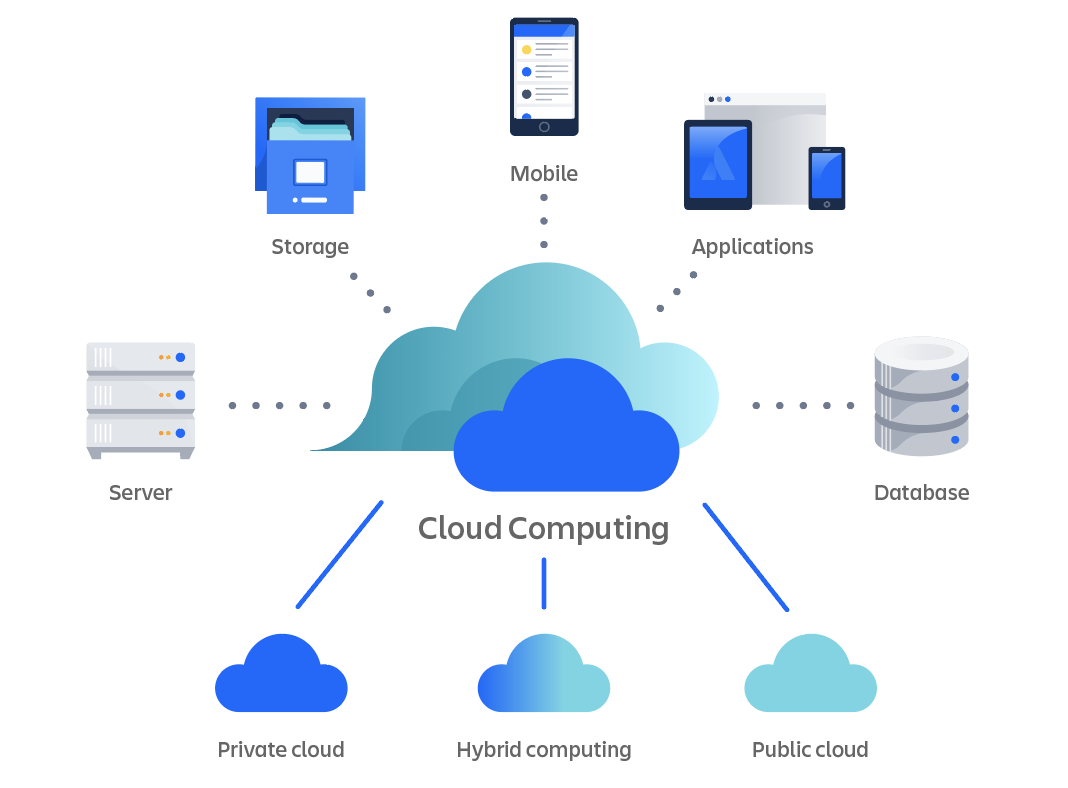Necessary Tips for LinkDaddy Cloud Services: Optimizing Your Universal Cloud Service Method
Wiki Article
Simplify Your Framework With Cloud Services
As services navigate the ever-evolving landscape of modern technology and data administration, the role of cloud services in streamlining facilities has actually ended up being significantly prominent. Exactly how can companies efficiently navigate this change and genuinely unlock the possibility of cloud solutions for streamlining their facilities?Advantages of Cloud Provider
Cloud solutions provide a streamlined approach to handling IT infrastructure, giving organizations with versatility, cost-efficiency, and scalability. Among the vital advantages of cloud solutions is the scalability they offer. Services can easily scale their sources up or down based on need, guaranteeing they only pay for what they make use of. This flexibility is specifically helpful for services with varying needs or those experiencing development.Additionally, cloud solutions get rid of the need for businesses to purchase costly equipment and software. This cost-efficiency is a considerable advantage, particularly for small to medium-sized ventures looking to lessen upfront prices. By utilizing cloud services, organizations can access high-grade IT sources without the large price related to typical infrastructure setups.
Furthermore, cloud solutions give companies with the adaptability to access their data and applications from anywhere with a net connection. This level of availability boosts cooperation amongst teams, makes it possible for remote job, and enhances total efficiency. The flexibility used by cloud services equips businesses to adjust quickly to altering market problems and client needs.
Price Savings and Scalability
In enhancement to the functional benefits highlighted earlier, the assimilation of cloud solutions right into a firm's facilities comes up with significant price financial savings and improved scalability. Cloud solutions supply a pay-as-you-go model, permitting businesses to range sources up or down based upon current requirements, thereby preventing the costs connected with preserving excess capacity. This flexibility enables companies to adapt quickly to rising and fall needs without incurring unneeded costs.Moreover, cloud services get rid of the need for in advance financial investments in software and hardware, reducing capital investment. Operating costs are likewise minimized as business no more need to take care of and keep physical web servers, causing lower power consumption and IT staffing costs. Furthermore, cloud solutions give automated updates and maintenance, ensuring that the framework stays up-to-date and secure without calling for manual treatments.
Enhanced Protection Actions
Executing strict safety and security steps is extremely important when integrating cloud solutions right into a firm's framework to secure delicate information and ensure compliance with sector policies. Cloud solution companies Cloud Services use boosted protection functions such as information file encryption, firewall defense, and multi-factor verification to mitigate cybersecurity threats.Moreover, routine protection audits and conformity assessments help determine vulnerabilities and make sure adherence to sector standards. Firms can also gain from features like computerized protection updates and real-time threat surveillance given by cloud provider. By focusing on safety measures and staying aggressive in addressing prospective threats, organizations can confidently take advantage of cloud solutions while safeguarding their important information from unauthorized gain access to or violations.
Transitioning to Cloud Framework
To successfully incorporate cloud services right into a business's framework, an organized method that attends to the change towards cloud-based options is vital. Transitioning to shadow framework involves careful preparation and execution to make certain a smooth migration procedure - linkdaddy cloud services press release.When the analysis is complete, a migration strategy ought to be developed. This method must outline the timeline, sources, and obligations for moving each element to the cloud. It is necessary to interact this plan clearly to all stakeholders to ensure alignment and minimize interruptions throughout the change.
During the movement tracking, screening and procedure are vital to identify and address any kind of issues promptly. Regular checkpoints need to be developed to track development and make needed adjustments. In addition, training for staff members on using cloud services ought to be supplied to make certain a successful shift and take full advantage of the advantages of the brand-new framework.
Ideal Practices for Cloud Fostering
Effective fostering of cloud solutions depends upon the critical alignment of organization goals with technical capabilities and organizational preparedness. To make sure a smooth transition to the cloud, companies should start by performing a comprehensive evaluation of their existing facilities and recognizing which workloads are best matched for cloud migration. It is vital to involve essential stakeholders from various divisions in the decision-making process to get buy-in and resolve any type of concerns at an early stage.An additional ideal practice for cloud adoption is to prioritize safety and security and conformity. Organizations must very carefully evaluate the security procedures provided by cloud solution carriers and guarantee that their data is safeguarded according to sector requirements and governing requirements. Implementing durable information file encryption, accessibility controls, and regular safety audits can help minimize threats connected with cloud fostering.

Final Thought

As companies browse the ever-evolving landscape of technology and information management, the role of cloud services in simplifying infrastructure has ended up being increasingly popular - universal cloud Service. Just how can organizations effectively browse this change and really open the possibility of cloud solutions for streamlining their infrastructure?
Cloud services provide a structured strategy to handling IT infrastructure, giving services with scalability, versatility, and cost-efficiency. By using cloud solutions, businesses can access top quality IT sources without the significant price tag connected with typical facilities arrangements.
To make certain a smooth transition to the cloud, organizations must begin by performing a thorough analysis of their existing infrastructure and identifying which workloads are best fit for cloud migration.
Report this wiki page